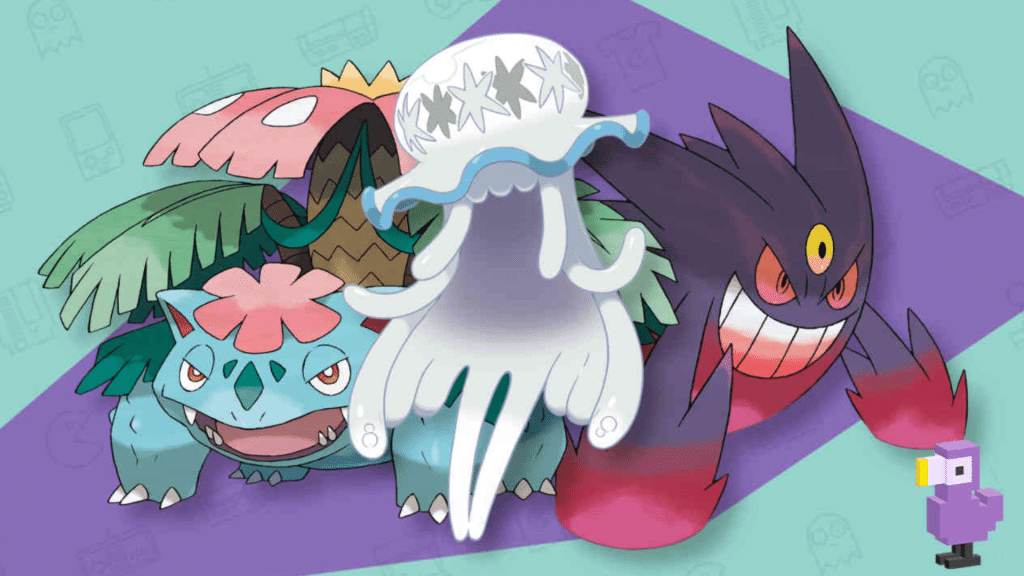If you’re a Pokémon fan who loves powerful and rare creatures, this article is for you. We’ll take a look at some Legendary Poison-type Pokémon, each with its own unique abilities that make them stand out.
These Pokémon aren’t just rare; they have some of the most dangerous poison powers in the Pokémon world.
In this post, you’ll find:
- A list of Legendary Poison-type Pokémon
- Their special abilities and how they use them in battles
- The stories behind these powerful creatures
These Pokémon aren’t just tough in battles, but they also have fascinating backgrounds that make them even more interesting.
If you’re a competitive player, collector, or just a fan of the franchise, my guide will give you everything you need to know about these toxic legends. Keep reading to learn more!
What Makes Legendary Poison Pokémon Unique?
Legendary Poison-type Pokémon are some of the rarest and most intriguing creatures in the Pokémon world. What makes them unique is not just their powerful moves, but their ability to represent the darker side of nature.
From what I’ve seen, these Pokémon usually have a strong link to poison or toxins, which gives them an advantage in battles.
They also add a unique element to team-building, bringing both offensive and defensive strengths to the table. What sets them apart from regular Poison-types is their legendary status.
Each of these Pokémon usually plays a key role in the Pokémon universe’s lore, making them more than just powerful creatures.
If you’re looking for something with more depth and strategy, they’re definitely worth learning about.
Legendary Poison-Type Pokémon
Let’s see the unique abilities, roles, and weaknesses of some of the most intriguing Poison-type Legendary Pokémon. From Eternatus to Fezandipiti, learn how these Pokémon stand out in battles and lore.
1. Eternatus
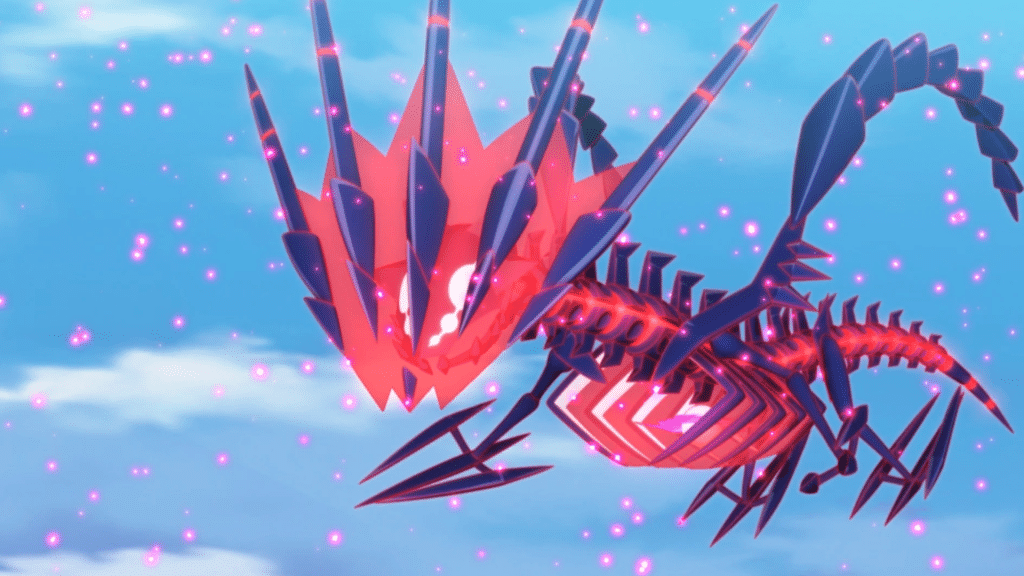
Eternatus is a Legendary Pokémon introduced in Generation 8, specifically in Pokémon Sword and Shield. As a Poison/Dragon-type, Eternatus stands out with its immense power and unique design.
One of its most notable abilities is Pressure, which increases the opponent’s move usage by depleting PP.
Its signature move, Eternabeam, is a powerful attack that can only be used once every three turns. Eternatus also plays a key role in the Sword and Shield storyline, being tied to the creation of the Dynamax phenomenon.
Its massive HP and powerful moves make it a force to be reckoned with, but it is weak to Dragon, Ice, Ground, and Fairy moves, especially given its Dragon typing.
2. Okidogi
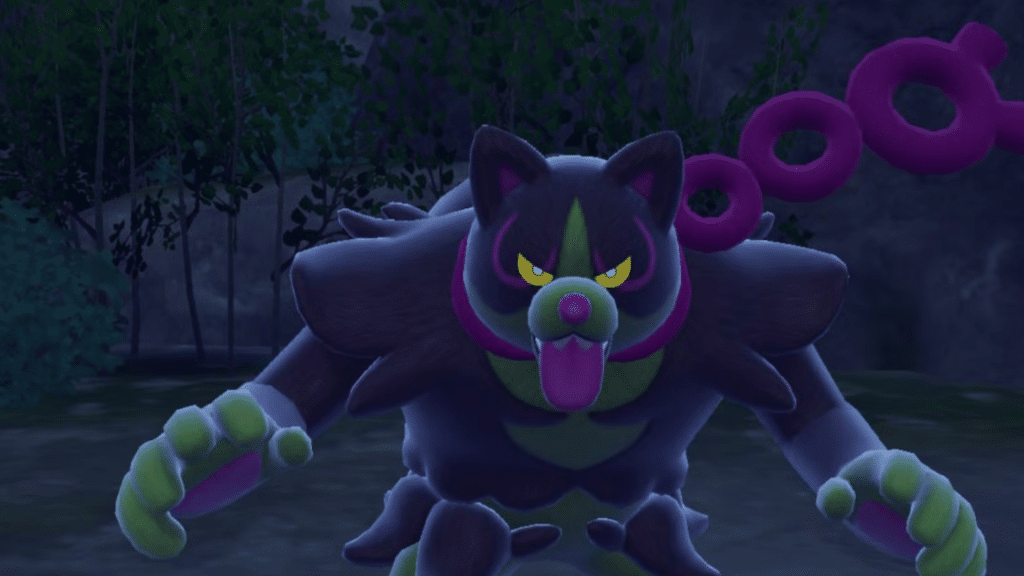
Okidogi is a fascinating Pokémon introduced as part of Pokémon Scarlet and Violet. As a Poison/Fire-type, Okidogi combines two elements that can be both offensive and defensive.
Its main ability, Flame Absorb, allows it to heal when exposed to Fire-type attacks, which is an interesting strategy against Fire-type moves.
Okidogi’s signature move, Toxic Flame, deals both Poison and Fire damage, allowing it to hit multiple types of Pokémon. However, its major weakness lies in its Water and Ground weaknesses, as both can easily take it down.
Okidogi plays a key role in its region’s lore and is highly sought after for both its battle potential and its importance in the story.
3. Munkidori
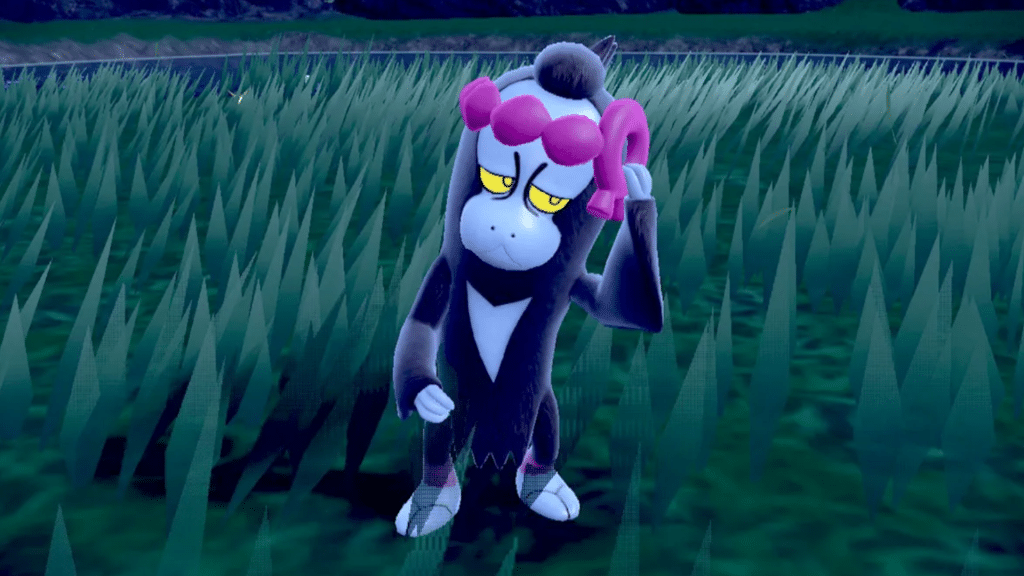
Munkidori, another Pokémon introduced in Pokémon Scarlet and Violet, is a Psychic/Poison-type.
Its abilities allow it to be a tricky opponent. Mind Shield grants immunity, allowing it to avoid effects like paralysis or sleep.
Munkidori also has the move Psychic Sting, which deals significant Psychic-type damage with the added chance of poisoning the opponent.
It can counter Fighting and Bug types with its strong Psychic attacks, though it is vulnerable to Dark, Ghost, and Ground moves. Its lore ties into the mystery surrounding the ancient civilizations in its region.
4. Fezandipiti
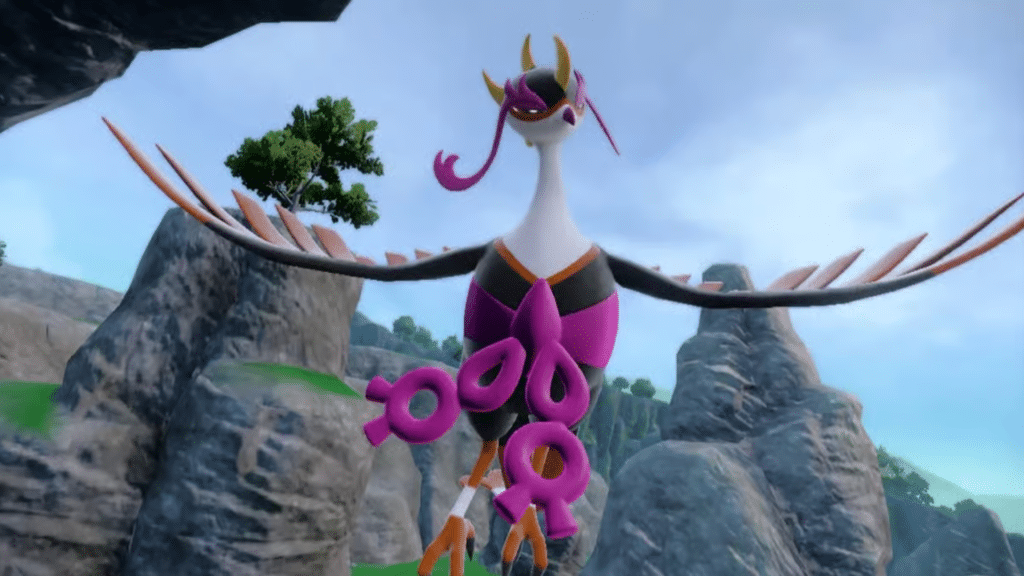
Fezandipiti, a Legendary Pokémon from Pokémon Scarlet and Violet, holds the dual typing of Poison/Fairy, which makes it an interesting addition to any team.
Its ability, Mystic Toxin, allows it to deal Poison damage while lowering the opponent’s Special Attack, making it useful for weakening special attackers.
With a unique combination of support and offensive abilities, it is particularly strong against Dragon and Dark types. However, it is weak to Steel and Poison-type moves, which makes choosing battle strategies important.
In the lore, Fezandipiti is tied to the balance of nature and serves as a protector of certain ecosystems.
Other Notable Poison-Type Pokémon
Let’s see the abilities, key facts, weaknesses, and roles of five standout Poison-type Pokémon. From Toxapex’s stalling capabilities to Gengar’s offensive prowess, learn how these Pokémon shine in battle.
5. Toxapex
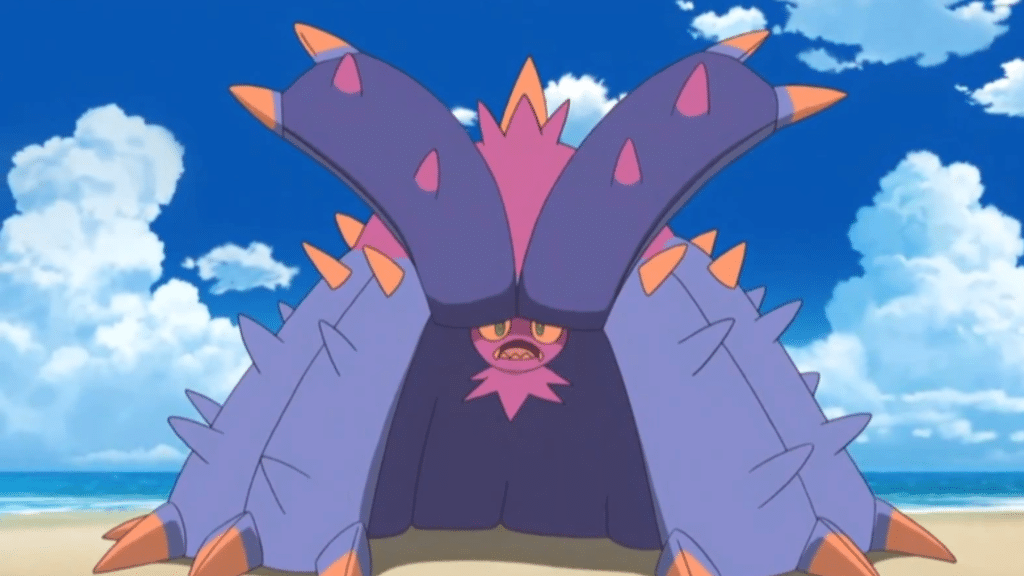
Toxapex is a Poison/Water-type Pokémon introduced in Generation 7. Known for its incredible defensive stats, it can endure a lot of hits.
Its ability, Regenerator, allows it to heal a portion of its HP when switched out, making it a perfect Pokémon for stalling and defensive strategies.
Toxapex’s signature move, Toxic, can poison any opponent, and Baneful Bunker can protect it while poisoning attackers. However, it is weak to Electric, Psychic, and Ground-type moves.
It plays a vital role in competitive battling, often used to stall and support teams by absorbing damage and inflicting status conditions.
6. Muk
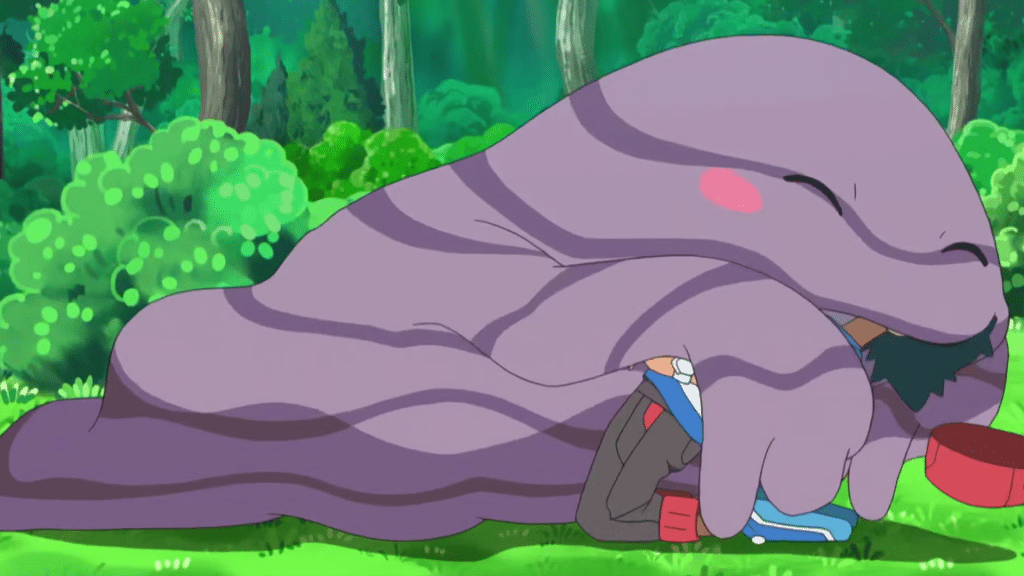
Muk, a Poison-type Pokémon introduced in Generation 1, is notorious for its bulky defense and offensive capabilities.
Its ability, Poison Touch, gives its physical attacks a chance to poison opponents, while its Gluttony ability allows it to use Berries more effectively.
Muk’s wide movepool includes powerful Poison-type moves like Poison Jab and Gunk Shot. Despite being bulky, its major weaknesses are Ground and Psychic-type moves, which can deal heavy damage.
In battle, Muk functions as a physical attacker and tank, using its strength to deal consistent damage while absorbing hits for the team.
7. Gengar
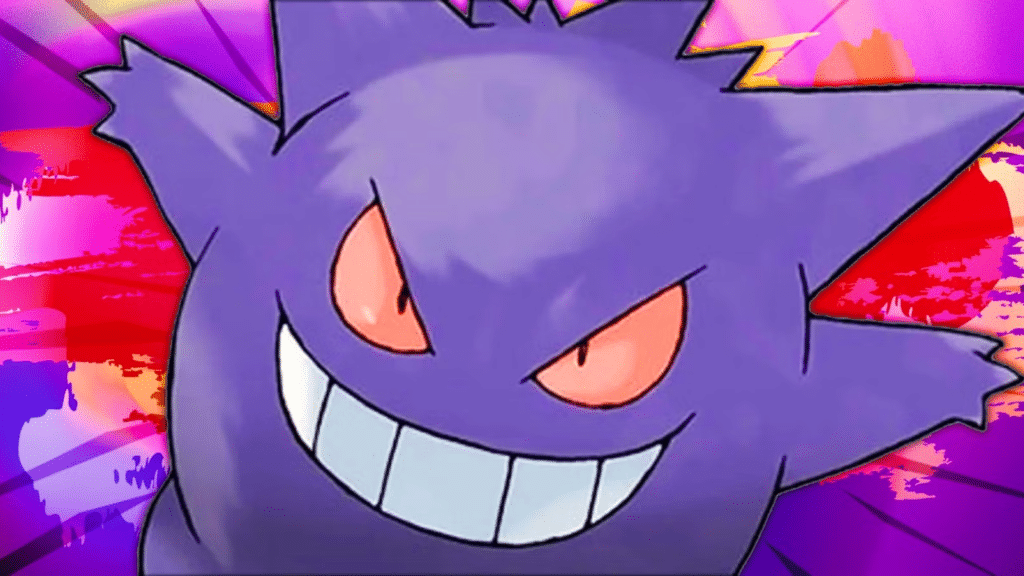
Gengar is a dual-type Ghost/Poison Pokémon that has been a fan favorite since Generation 1.
Its ability Levitate makes it immune to Ground-type moves, which adds to its survivability. With high special attack and speed, it can dish out powerful moves like Sludge Bomb, Shadow Ball, and Will-O-Wisp.
However, its low defense makes it susceptible to physical attacks, especially Ghost and Dark-type moves.
Gengar plays a major offensive role, using its high speed to outspeed and hit hard, making it a top-tier special attacker in both casual and competitive battles.
8. Roserade
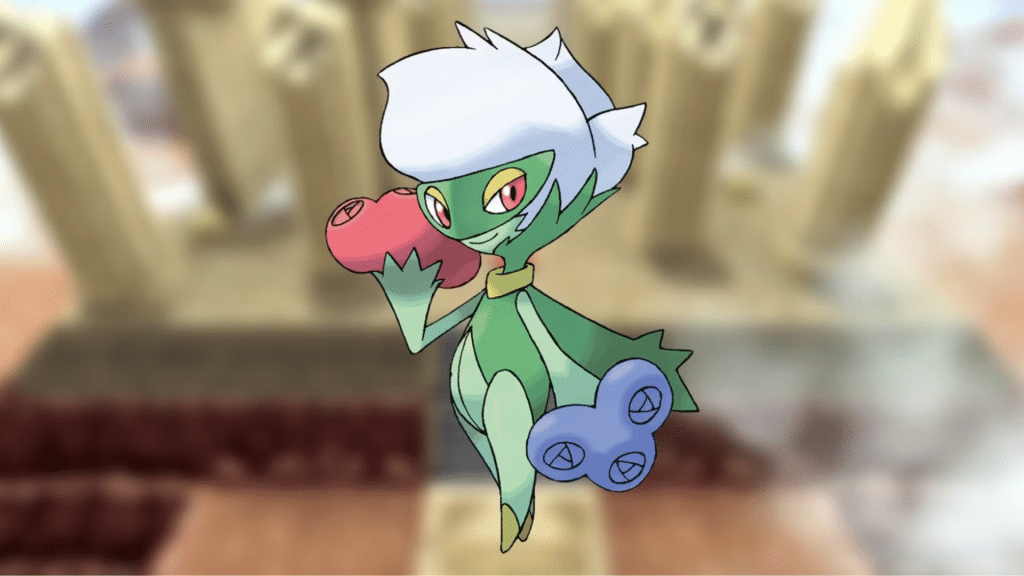
Roserade, a Grass/Poison-type Pokémon, is a versatile attacker in battle. With the Natural Cure ability, Roserade can heal from status conditions when switched out, making it highly effective in long battles.
Its Technician ability boosts the power of its weaker moves like Sludge Bomb and Weather Ball.
With its high special attack, Roserade excels in dealing damage, particularly against Water, Fairy, and Psychic types. However, it is vulnerable to Fire, Flying, Ice, and Bug-type moves.
Roserade’s role in battle is that of a fast special attacker, often used for offensive pressure and taking out key threats with its powerful Poison-type attacks.
9. Nihilego
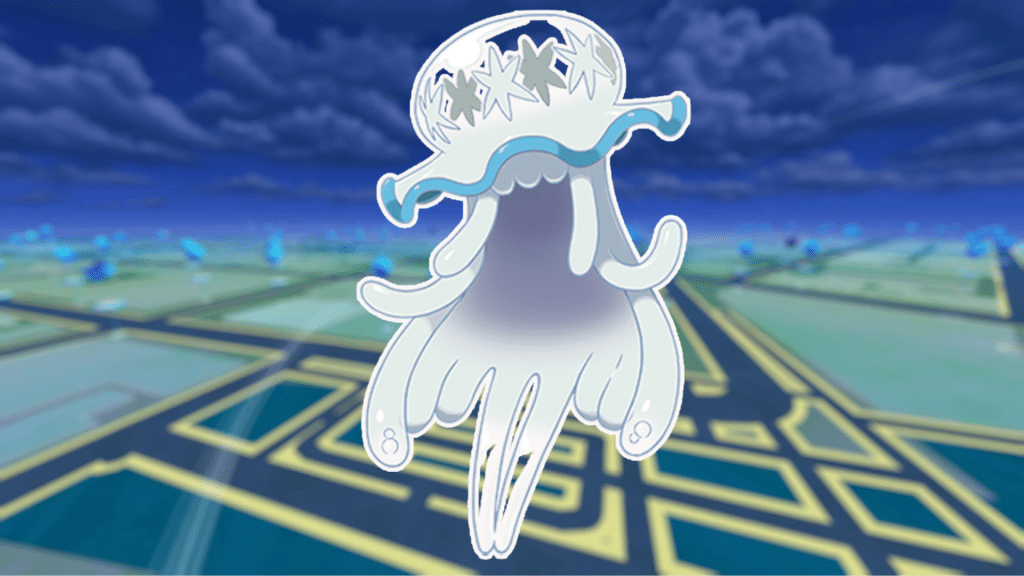
Nihilego is a Poison/Rock-type Ultra Beast introduced in Generation 7. Its unique typing and high special attack make it a powerful offensive threat.
Its ability, Beast Boost, allows it to increase its highest stat (usually special attack) after knocking out an opponent, turning it into an even more dangerous threat.
It can learn powerful moves like Power Gem and Sludge Bomb to deal significant damage. Despite its offensive potential, Nihilego is vulnerable to Ground, Ghost, and Dark-type moves.
Nihilego’s role in battle is as a special attacker, leveraging its high speed and special attack to outspeed and deal massive damage to opponents.
Strategies for Using Poison-Type Pokémon in Battle
Let’s discuss some strategies I’ve learned from personal experience that will help you use Poison-types effectively in your battles.
- Stalling with Toxic: One of my favorite tactics is using Toxic to wear down opponents slowly. I’ve had great success with Pokémon like Toxapex, which can poison and stall for multiple turns while healing with Regenerator.
- Taking Advantage of Status Effects: Poison-types can be great at applying status conditions. I often pair a Poison-type with moves like Toxic Spikes or Venom Drench to increase pressure on my opponent.
- Using Poison Moves for Coverage: Always try to have a Poison-type move like Sludge Bomb or Gunk Shot for coverage. It’s especially useful against Fairy, Grass, and Bug types, and I’ve had plenty of success with these moves to catch my opponents off guard.
- Defensive Play: Some Poison-types, like Muk, can tank hits while dishing out decent damage. Make sure to use defensive abilities like Poison Touch to my advantage, applying status effects while taking less damage.
- Watch for Weaknesses: It’s important to remember that Poison-types are weak to Ground, Ghost, and Psychic moves. I always try to keep a counter Pokémon ready when I’m using Poison-types, so I’m not caught off guard by these weaknesses.
Conclusion
Poison-type Pokémon have always been some of my favorites, and I’ve had a lot of fun using them in my own battles.
From classic favorites like Muk and Koffing to powerful legends like Nihilego, these Pokémon offer a unique challenge and strategy that I enjoy.
I remember using a Toxicroak in one of my early battles, and it really helped me out when I needed a fast, tough Pokémon to handle opponents.
I hope this list of Legendary and Poison-type Pokémon gives you a better idea of how they can be useful on your journey. Whether you’re a seasoned trainer or just starting out, don’t underestimate the power of Poison-types.
They’ve certainly earned their place in my team, and I bet they could become a valuable part of yours too!


